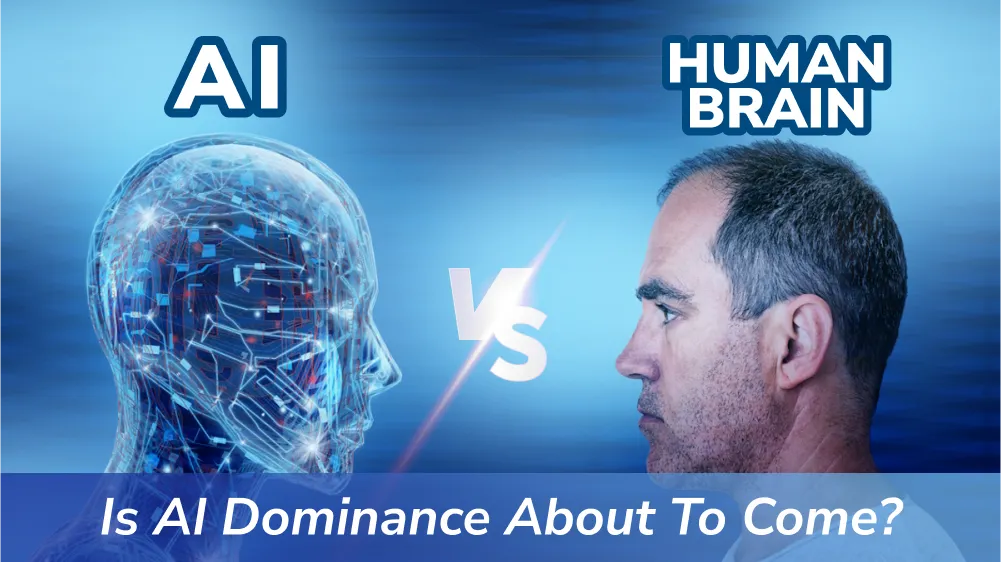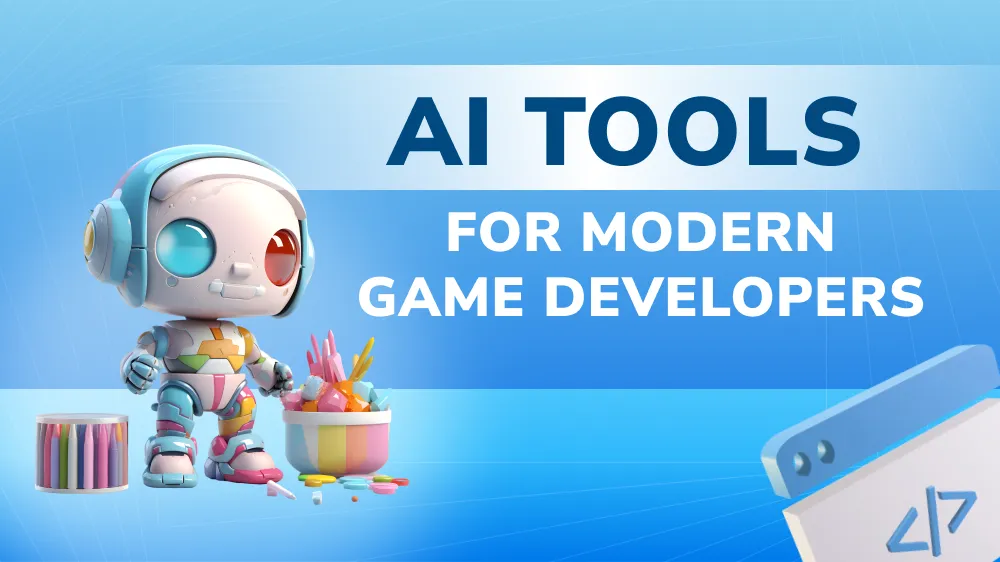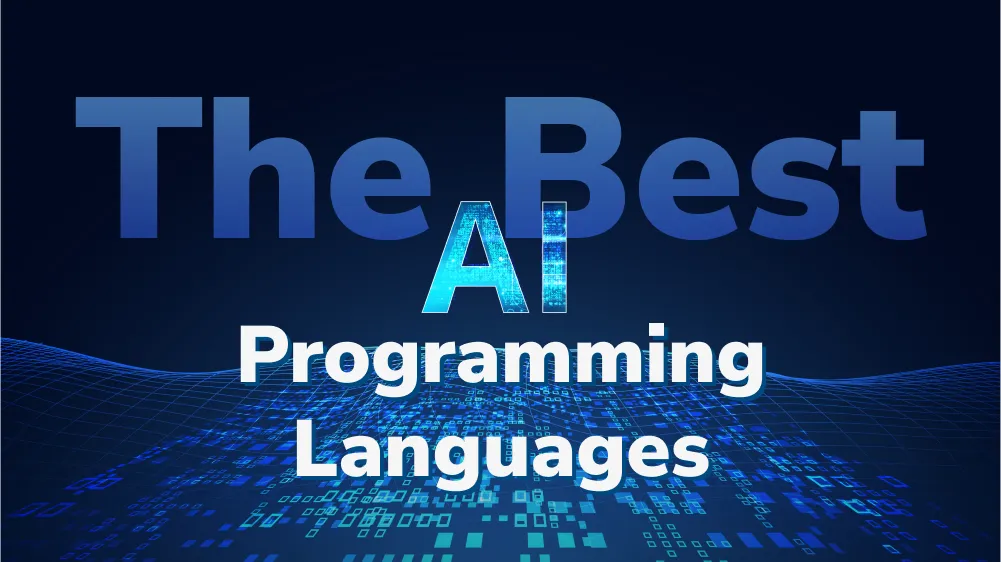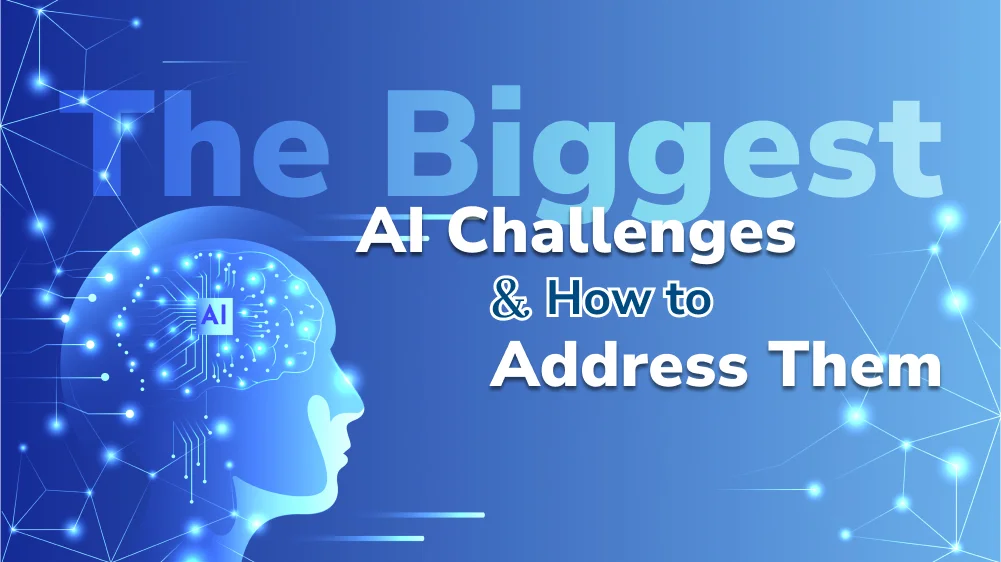The Full Insight into Machine Learning Applications in Business Operations

Content Map
More chaptersHave you ever imagined that one day, most of your daily activities could be automated with the power of robots and machine intelligence? Sound like a fictional story? Definitely not because the scenario is not far away in the future, but it is already happening. Welcome to the reality where automation and innovative solutions, driven by artificial intelligence (AI) technologies, become the new normal.
With the advent of big data, as well as the soaring popularity of IoT (Internet of Things) and the power of advanced technologies, data has become a new currency. In such a scenario, machine learning, a well-known branch of AI technology, has shown tremendous potential – its data analysis ability at scale and at a speed impossible for a human. This has greatly impacted business processes and workflows, making ML an indispensable tool in today’s technologically driven world.
In this writing, we are about to clarify the realistic applications of machine learning and how it contributes to shaping new, resilient business ecosystems worldwide.
Let’s Remind You of Machine Learning

Before delving into the applications of machine learning in various business sectors, basic machine learning fluency is needed.
Concept of Machine Learning Technologies
Machine learning, or ML, is a subset of artificial intelligence, referring to a computer science technique that enables computers to learn and act like humans.
Computer systems can process, analyze, and interpret data to perform tasks without being explicitly programmed for each - which sets ML apart from traditional programming. Instead, through algorithms and statistical models, machines process large volumes of raw data rapidly as it comes in, extract values, and identify patterns. Then, ML models can make predictions or decisions on their own based on what they learn from historical data (experience) as well as other relevant data sets and adapt to new data (changes). This is often called predictive machine learning or predictive analytics.
Different Machine Learning Algorithms

The algorithms of machine learning are set to smarten up through observing and studying experiences and instructions. Therefore, developers and data scientists have categorized machine learning into different basic types and trained algorithms accordingly.
Supervised Learning
The algorithm learns from labeled data – which provides input-output pairs. It compares its predictions against the correct labels and adjusts its model accordingly.
This method aims to teach the ML model to map new data input and expected output to make predictions. These machine learning algorithms are ideal for classification and regression tasks. Examples of supervised learning algorithms include linear regression, decision trees, k-Nearest Neighbors (k-NN), Support Vector Machines (SVM), and Neural Networks.
Unsupervised Learning

In contrast with the previous one, unsupervised learning works with unstructured data. The algorithms identify patterns and structures in data by themselves.
The purpose of this training process is to give machines the freedom to figure out similarities and differences in the data without any predetermined labels or outcomes, as well as make predictions based on their abilities to learn from raw data without supervision. Unsupervised learning algorithms work great for clustering and dimensionality reduction tasks, making them ideal for discovering hidden insights from complex datasets.
Semi-supervised Learning

This is a hybrid version falling between supervised and unsupervised learning. In this methodology, models are trained on a blend of land unlabeled data to identify patterns and make predictions based on those learned experiences.
The notion is like this: The algorithm would learn from labeled data and apply it to unlabeled data when there is a shortage of labeled data, as labeling data can be cost- and time-consuming in many cases. This makes semi-supervised learning a practical, flexible approach when building models with limited labeled data. Semi-supervised learning algorithms are widely used for speech recognition, image classification, text summarization, and more.
Reinforcement Learning
In reinforcement learning, ML algorithms learn by interacting with their environment – performing actions and seeing the results. The algorithms receive reinforcements in the form of rewards or penalties depending on their actions, which helps them to optimize their behavior and decision-making process over time.
With that nature, reinforcement learning algorithms are best suited for sequential decision-making tasks, video games, self-driving cars, robotics, resource management, etc. Examples include Q-learning, Deep Q Network (DQN), and Proximal Policy Optimization (PPO).
Transfer Learning
Transfer learning is another popular technique in the world of machine learning. It involves taking a pre-trained model (usually on a large dataset) and applying it to new data with similar features, tasks, or domains. In other words, transfer learning allows ML models to leverage knowledge from one problem domain and apply it to another.
This significantly reduces the amount of training data needed for new tasks, making it faster and more efficient to build models. Transfer learning is widely used in Natural Language Processing (NLP), computer vision, and other fields where large datasets are available.
Federated Learning
This is a newer machine learning technique - also referred to as collaborative learning - in which ML models are trained across multiple devices, servers, or other data points instead of being centralized in one location.
This machine learning process enables models to be trained on sensitive or private information without compromising security and privacy. It also allows for continuous learning as new data becomes available on individual devices, reducing the need for frequent model updates. Federated learning is widely used in healthcare, finance, transportation, and other industries where data privacy and protection are crucial.
Let’s See Machine Learning Models in Action

Machine learning capabilities are not confined to a specific industry or sector as well as one particular function or task. Some of the tech giants known for machine learning business applications are Go-Jek, Pinterest, PayPal, Lenovo, Adobe, etc.
Text Parsing
Can machine learning partially bridge the communication gap between technology and human beings? Maybe, but one thing for sure is that natural language processing (NLP) - a subset of machine learning – can now recognize, analyze, and process human-generated text, thereby extracting meaning from human language. The capability of parsing texts and learning relevant information can be leveraged to carry out tasks like sentiment analysis, language translation, and question-answering in real time.
A prime example that most of us can immediately relate to is the Google search engine. It uses NLP techniques to understand our queries and provide relevant results from a vast amount of data in seconds. Let’s be honest. Who doesn’t use Google Search, right? It can be for everyday life activities or for work-related purposes (like researching); almost everyone has Googled something at least once in their lifetime. And that is all thanks to NLP and machine learning models.
Image Recognition and Classification
Not only text but also machine learning models can interpret and analyze visual data to recognize patterns, objects, and scenes in images - an area known as computer vision. The advancement of deep learning has revolutionized computer vision by enabling machines to classify images with higher accuracy levels than humans.
This technology is no longer a fictional scene, yet a reality integrated into many devices we use daily, such as your smartphones (facial recognition), self-driving cars (object detection and tracking), drones (landscape monitoring), security systems (movement detection) just to name a few. Since it came, it has significantly improved the efficiency and productivity of many industries while enhancing our daily lives in ways we may not have even realized or noticed.
Fraud Detection
Fraudsters are getting smarter every day, making it challenging for financial institutions and other businesses to detect fraudulent activities consistently. With the increasing number of online transactions, traditional methods of detecting fraudulent activities have become less effective.
Fortunately, machine learning can become a big aid in providing more efficient solutions to this problem by analyzing large volumes of data in real time and utilizing advanced algorithms to detect relevant patterns and anomalies. Whether it is insurance fraud, credit card fraud, or fake transactions, ML models can learn from historical data sources and flag any suspicious activity that may be a red flag for fraud.
Therefore, machine learning technology has already proved its worth in fighting fraud, capable of saving millions in losses. Banks and other financial institutions are now leveraging this technology to detect credit card fraud, insurance fraud, and other types of fraudulent activities.
Customer Service Agents (with Chatbot & Natural Language Processing)
It is not overstated to say that the machine learning advance has taken customer support (CS) to the next level. Customers no longer need to talk to the uninterested support person on the other end of the phone - waiting for a long time in a call queue just so that they can ask one simple question. Instead, they can have their queries answered almost instantly by a chatbot (virtual customer assistant).
A chatbot powered by machine learning and NLP can learn and understand the individual customer’s typical behavior through a conversational interface and from past data, thereby generating more personalized experiences for existing customers. These virtual agents are designed and configured to analyze queries, answer FAQs, resolve issues, and escalate complex problems to human agents when needed, overall simulating the most human-like conversation.
According to Statista, 57% of AI and machine learning use cases are for the purpose of improving the customer experience. The integration of business machine learning technology in customer service facilitates shorter response times, lower workload for human agents, and improved customer satisfaction all at the same time.
Recommendation Engines
Machine learning has also become an essential element in recommendation engines, making it possible to forecast future customer demand and tailor experiences accordingly. Have you ever wondered how Netflix, Amazon, or YouTube recommend their content or services to users? Machine learning algorithms are the answer.
By digging into the existing data - user behaviors and preferences, these engines can identify industry trends and generate tailored suggestions. In this way, end users are exposed to more personalized recommendations and find the experiences more engaging - thus increasing customer retention and maximizing sales.
Customer Churn Modeling and Segmentation
One of the oldest pain points existing in the business sector – customer churn – can be mitigated with the aid of a machine learning solution or more. Usually, customer churn incurs substantial losses when customers switch to competitors or unsubscribe to services.
In this regard, the company’s technology of machine learning comes in handy. ML algorithms process a massive amount of information, including historical pricing data, supply chain history, sales data, customer behavior patterns, etc., and analyze seasonal factors affecting sales and revenues. After thorough research and analysis of insights, the machine learning solution has sufficient basics to work on customer segmentation, predictive inventory planning, forecast trends, and figure out strategies to prevent customer loss.
Last Notes
Now, that is the current role of machine learning in business sectors. Still, this technology has a lot to offer, and it is only getting started. Sooner or later, machine learning and AI will carve out their way in just about all areas of our lives, creating a more efficient and smarter world.
Continuous advancements and innovations in this field promise us a future where we can certainly expect even greater things from ML models.
With that in mind, businesses should start investing in machine learning technology if they would like to stay relevant with the beat of the era now and then. To get started with AI or machine learning solutions, you definitely need a partner who has what it takes to assist businesses like you to aim right and embark on the path to success, especially when it is a tough yet potentially profitable undertaking as machine learning. Why consider longer while you get us? Orient Software.
Want to know how Orient has helped countless businesses of all sizes to thrive with their ideas and advanced technology solutions? Get to know Orient. And talk to our experts today.







